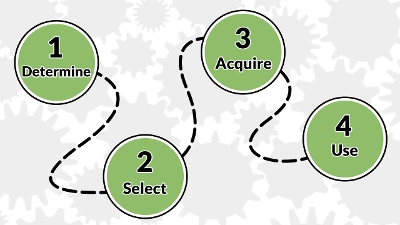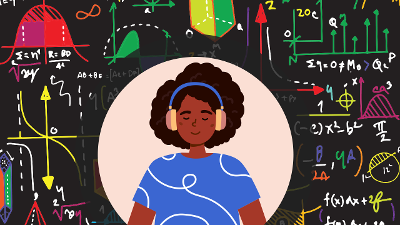Showing results 111-120 of 136 for Student
Search results
-
Podcast

National AEM Center at CAST, 2021
In part 2 of our three-part series focusing on the history of accessibility at CAST, CAST co-founder Skip Stahl picks up the story from David Rose in the mid-1990s, when CAST becomes more involved in the world of policy in order to have a broader impact.
-
Podcast

National AEM Center at CAST, 2022
In this episode, our guests from the Tigard-Tualatin School District in Oregon share powerful personal and professional stories highlighting the power of assistive technology and accessible educational materials.
-
Podcast

National AEM Center at CAST, 2022
In this episode, Lynn McCormack and Kristin Robinson from the Clusive team join us to explain the many accessibility features and Universal Design for Learning supports that are built into Clusive to create a more personalized learning environment that adapts to individual needs and preferences of each learner.
-
Adapt the provided sample language for NIMAS in your purchase orders or contracts with publishers and vendors.
-
MathML is a markup language for displaying equations and other mathematical expressions. Learn about the requirements for including MathML in NIMAS filesets.
-
Learn how to vet and purchase materials to ensure they are accessible from the start, and the options for retrofitting inaccessible materials when it is necessary.
-
Podcast

National AEM Center at CAST, 2023
We are excited to launch season 3 of the podcast with a conversation featuring Rebecca Sheffield from the Office of Special Education Programs (OSEP), and Ellery Robinson from the Office of Educational Technology (OET)
-

What actions need to be taken so that learners who need accessible formats receive them in a timely manner? Whether a learner is in PreK-12, higher education, or career training, the process is multi-step.
-

Find links to AEM Center webinars and other resources for improving the accessibility of materials shared with remote learners.
-

Given the rapid advancement of technology and the urgency of applying scientific solutions to global challenges, all learners need access to STEM education. Creating accessible materials is one way to reduce those barriers so that all learners can participate and choose to advance in STEM fields.
